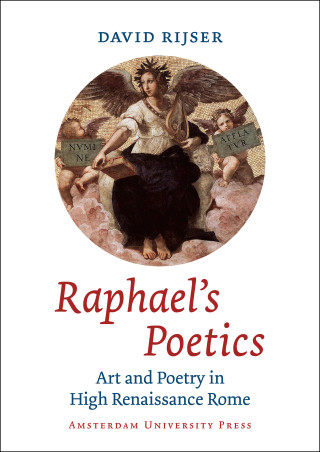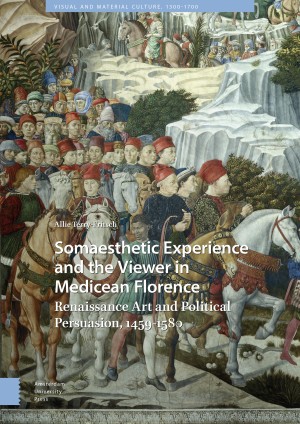Allie Terry-Fritsch is Associate Professor of Italian Renaissance Art History at Bowling Green State University in Ohio. Her research focuses on the performative experience of art and architecture in fifteenth-century Florence, with a particular emphasis on the political significance of embodiment in the viewing process. She has published widely on audiences for Medici-sponsored works by Fra Angelico, Benozzo Gozzoli, Donatello, and others, and is editor of
Beholding Violence in Medieval and Early Modern Europe (Ashgate/Routledge, 2012). Her next book project on Fra Angelico, Cosimo de’Medici, and the Library of San Marco recently won the National Endowment for Humanities prize for a Summer Stipend.

